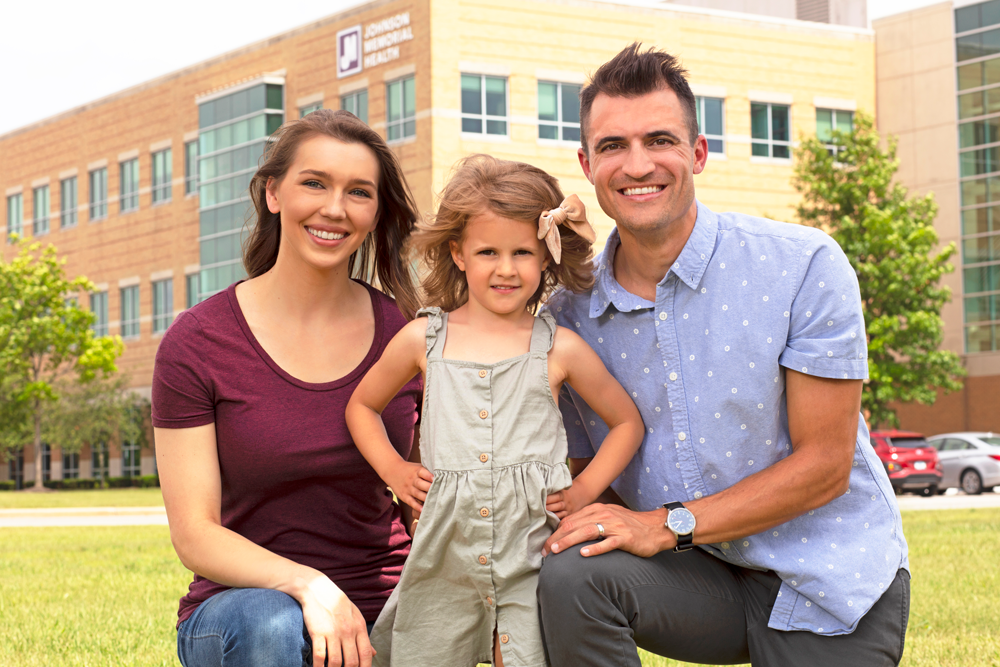Jaw tumors and cysts
Overview
Jaw tumors and cysts are relatively rare growths or lesions that develop in the jawbone or the soft tissues in the mouth and face. Jaw tumors and cysts — sometimes referred to as odontogenic or nonodontogenic, depending on their origin — can vary greatly in size and severity. These growths are usually noncancerous (benign), but they can be aggressive and expand, displace or destroy the surrounding bone, tissue and teeth.
Treatment options for jaw tumors and cysts vary, depending on the type of growth or lesion you have, the stage of growth, and your symptoms. Mouth, jaw and face (oral and maxillofacial) surgeons can treat your jaw tumor or cyst usually by surgery, or in some cases, by medical therapy or a combination of surgery and medical therapy.
Symptoms
A tumor is an abnormal growth or mass of tissue. A cyst is a lesion that contains liquid or semisolid material. Examples of jaw tumors and cysts include:
- Ameloblastoma. This rare, usually noncancerous (benign) tumor begins in the cells that form the protective enamel lining on the teeth. It develops most often in the jaw near the molars. The most common type is aggressive, forming large tumors and growing into the jawbone. Although this tumor can recur after treatment, aggressive surgical treatment will typically reduce the chance of recurrence.
- Central giant cell granuloma. Central giant cell granulomas are benign lesions that grow from bone cells. They most often occur in the front portion of the lower jaw. One type of these tumors can grow rapidly, cause pain and destroy bone, and has a tendency to recur after surgical treatment. The other type is less aggressive and may not have symptoms. Rarely, a tumor may shrink or resolve on its own, but typically these tumors require surgical treatment.
- Dentigerous cyst. This cyst originates from tissue that surrounds a tooth before it erupts into the mouth. This is the most common form of cyst that affects the jaws. Most often these cysts will occur around wisdom teeth that are not fully erupted, but they can also involve other teeth.
- Odontogenic keratocyst. This cyst is also referred to as a keratocystic odontogenic tumor because of its tumorlike tendency to recur after surgical treatment. Although this cyst is typically slow growing, it can still be destructive to the jaw and teeth if left untreated over a long period of time. Most often the cyst develops in the lower jaw near the third molars. These cysts may also be found in people with an inherited condition called nevoid basal cell carcinoma syndrome.
- Odontogenic myxoma. This is a rare, slow-growing, benign tumor that occurs most often in the lower jaw. The tumor can be large and aggressively invade the jaw and surrounding tissue and displace teeth. Odontogenic myxomas are known to recur after surgical treatment; however, the chances of tumor recurrence are typically lessened by more-aggressive forms of surgical treatment.
- Odontoma. This benign tumor is the most common odontogenic tumor. Odontomas often have no symptoms, but they may interfere with tooth development or eruption. Odontomas are made up of dental tissue that grows around a tooth in the jaw. They can resemble an oddly shaped tooth or can be a small or large calcified tumor. These tumors may be part of some genetic syndromes.
- Other types of cysts and tumors. These include adenomatoid odontogenic tumor, calcifying epithelial odontogenic tumor, glandular odontogenic cyst, squamous odontogenic tumor, calcifying odontogenic cyst, cementoblastoma, aneurysmal bone cyst, ossifying fibroma, osteoblastoma. central odontogenic fibroma and others.
When to see a doctor
If you're concerned that you may have symptoms of a jaw tumor or cyst, talk with your primary care provider or dentist.
Many times, jaw cysts and tumors do not have symptoms and are typically discovered on routine screening X-rays done for other reasons. If you are diagnosed with or suspected of having a jaw tumor or cyst, your primary care provider can refer you to a specialist for diagnosis and treatment.
Causes
Odontogenic jaw tumors and cysts originate from cells and tissues that are involved in normal tooth development. Other tumors that affect the jaws can be nonodontogenic, meaning that they can develop from other tissues within the jaws that are not related to the teeth, such as bone or soft tissue cells. Generally, the cause of jaw tumors and cysts is not known; however, some are associated with gene changes (mutations) or genetic syndromes.
People with nevoid basal cell carcinoma syndrome, also called Gorlin-Goltz syndrome, lack a gene that suppresses tumors. The genetic mutation that causes the syndrome is inherited. This syndrome results in the development of multiple odontogenic keratocysts within the jaws, multiple basal cell skin cancers and other characteristics.
Diagnosis
To gather more information about your jaw tumor or cyst, your health care provider may recommend tests prior to treatment. These tests may include:
- Imaging studies, such as X-ray, CT or MRI
- A biopsy to remove a sample of tumor or cyst cells for laboratory analysis
Your health care provider uses this information to put together a treatment plan that's best for you and the most effective option for treating your tumor or cyst.
Treatment
Treatment options for jaw tumors and cysts vary, depending on the type of lesion you have, the lesion's stage of growth and your symptoms. Your treatment team also considers your treatment goals and your personal preferences when making a treatment recommendation.
Treatment of jaw tumors and cysts generally involves surgical care. In some cases, treatment may be medical therapy or a combination of surgery and medical therapy.
During surgery, your surgeon removes your jaw tumor or cyst, which may include removing nearby teeth, tissue and jawbone, and sends it to the lab for examination. A pathologist examines the removed tissue and reports a diagnosis during the procedure so that the surgeon can act on this information immediately.
Other treatments may include:
- Reconstruction of the jawbone or other structures
- Medical therapy for certain types of jaw tumors and cysts
- Supportive care to help maintain your quality of life, including assisting with nutrition, speech and swallowing, and replacements for missing teeth
Long-term follow-up exams after treatment can address any recurrence of jaw tumors and cysts. Identifying recurrence early is important so they can be treated appropriately.



